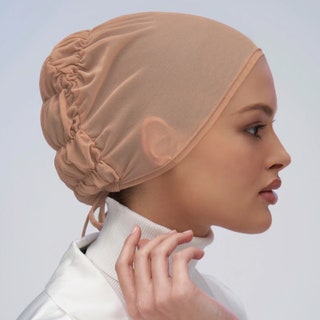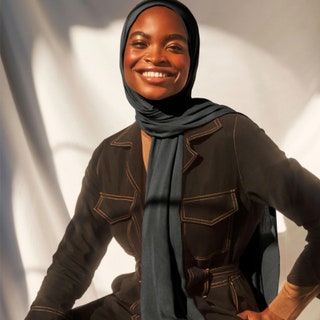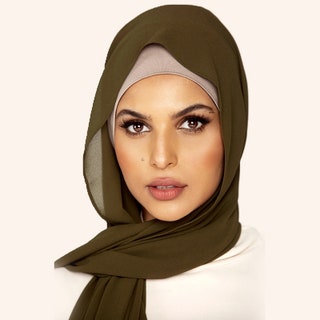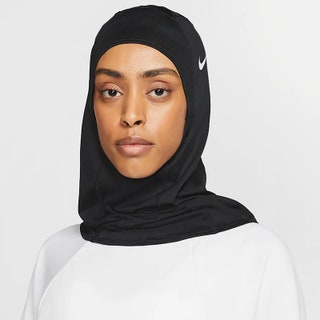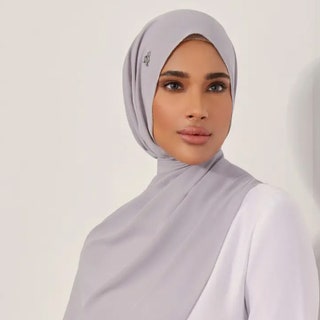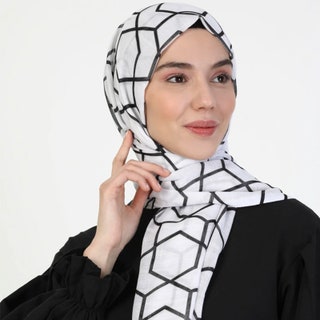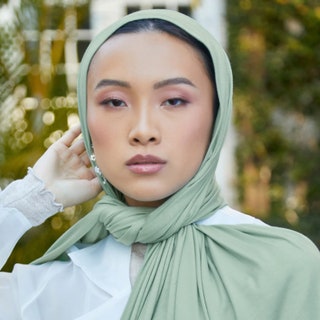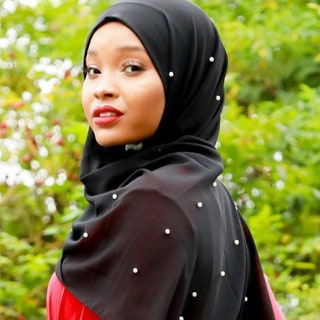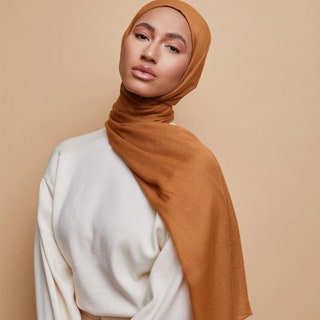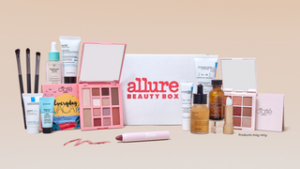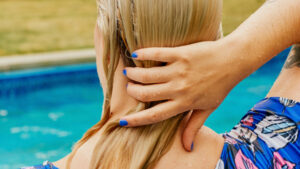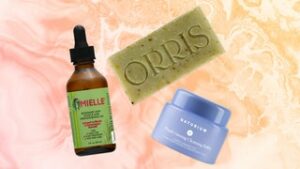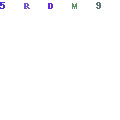
Channing Smith/Allure
Those who practice Islam and choose to wear a hijab wrap scarf know that there are just about infinite amounts of styles to create with your headscarf. With that being said, the best hijab scarves will effortlessly cover your hair without causing uncomfortable concerns like hair-pulling, breakage, or frizz. Yes, there are quite a few styles, materials, and patterns to choose from, but since you might be wearing them for hours on end, why not choose a new hijab that looks and feels good?
Fatima Fahs, MD, a New York City-based board-certified dermatologist, says that one of the biggest issues hijab-wearers have is hair loss caused by their headwear, also known as traction alopecia. "Hair loss can be caused by a number of factors including vitamin and mineral deficiencies, hormonal changes, stress, family history, medications, endocrine disorders, and inflammatory conditions," she says. "Often, there are multiple reasons behind hair loss — many of which are treatable if diagnosed early." Dr. Fahs has quite a few tips for treating hijab-related hair concerns, but first thing's first: she says if you're experiencing hair loss, talk to your dermatologist for an examination. "Sometimes blood work or biopsy is necessary to make the correct diagnosis," she says.
Dr. Fahs suggests loosening up both your hijab and the updo you may have underneath it. "A possible contributor to hair loss with hijab is the constant tension the hair is placed under when one ties their hair back tightly into a ponytail or bun for extended periods of time," she says. She recommends cutting down on tight, pinned-down styles and opting for looser hijab wraps or scarves made of breathable, lightweight materials like bamboo.
If you wear your hair in tight updos under your hijab, Dr. Fahs suggests switching to looser styles and swapping tight hair ties with soft scrunchies, headbands, or hair clips. "Using small, tight hair ties can lead to premature hair breakage and increased tension," she says. “Keep your hair as loosely pulled back as possible or consider a loose French braid.”
When possible, Dr. Fahs also recommends removing your hijab and keeping your hair down at home to give your hair a break from updos. Lastly, she also says to never put a hijab on wet hair. "There may be an increased association of hijab and seborrheic dermatitis or dandruff," she says. "It's possible that placing a hijab over wet hair can increase the overgrowth of yeast on our scalp that leads to excessive flaking, inflammation, and itching."
Whew, that was a lot of info, but now it's time to put it to good use. Below, take a look at some of the best hijab scarves for fashion-forward styles that won't cause unnecessary hair damage.
All products featured on Allure are independently selected by our editors. However, when you buy something through our retail links, we may earn an affiliate commission.
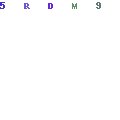 Jennifer Hussein is a commerce writer at Allure. Previously, she served as beauty editor of BestProducts.com and COOLS, as well as junior beauty editor for L'Oréal's Skincare.com. Her work has been published in Teen Vogue, Paper Magazine, Byrdie, Coveteur, The Zoe Report, and StyleCaster. Jen is also a… Read moreCommerce Writer
Jennifer Hussein is a commerce writer at Allure. Previously, she served as beauty editor of BestProducts.com and COOLS, as well as junior beauty editor for L'Oréal's Skincare.com. Her work has been published in Teen Vogue, Paper Magazine, Byrdie, Coveteur, The Zoe Report, and StyleCaster. Jen is also a… Read moreCommerce Writer
Keywordsshopping guideshoppingbeauty shoppinghijabihijabHijabshairhair careMuslimmuslim beautymuslim fashionIslammodest fashion

